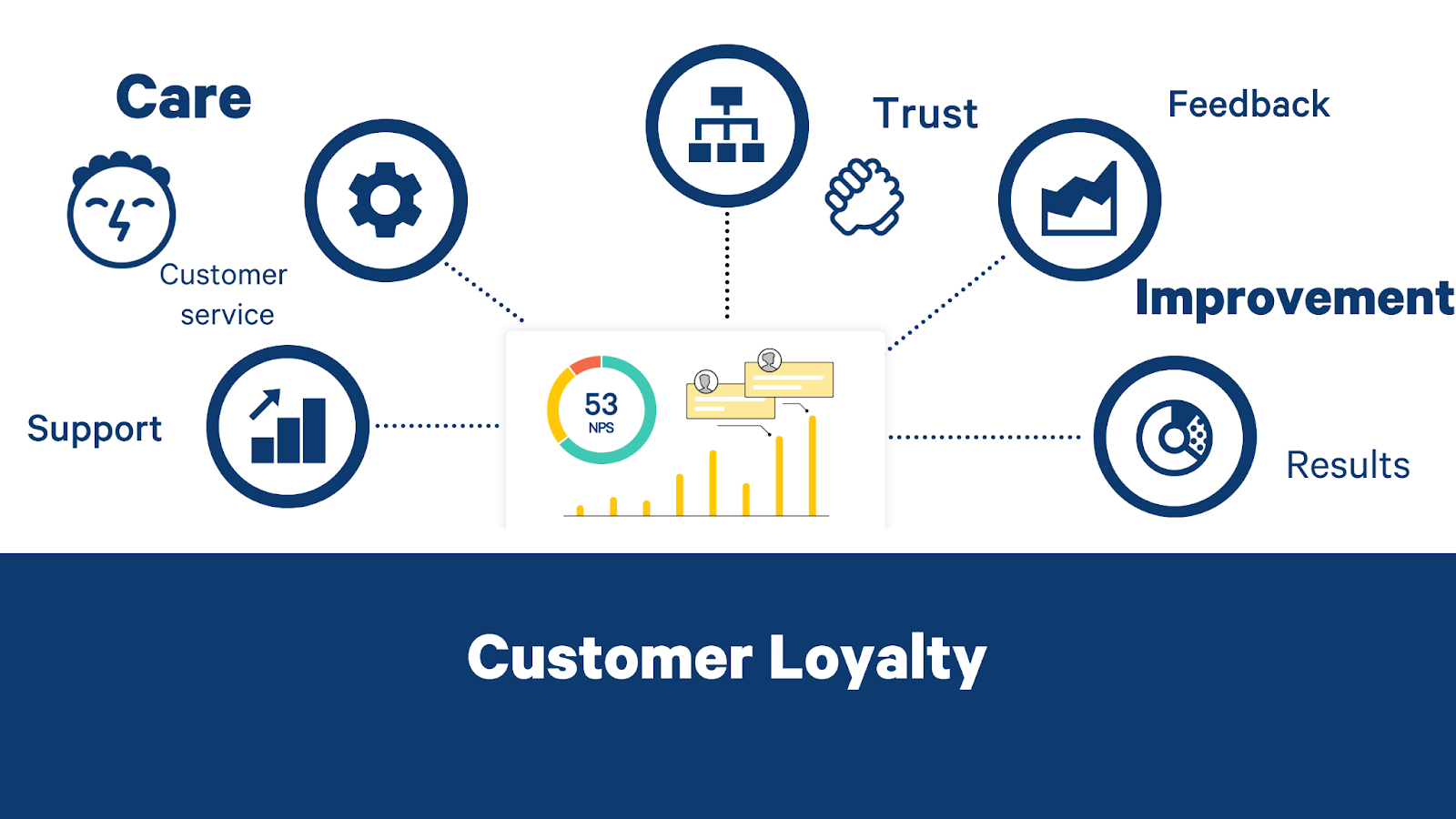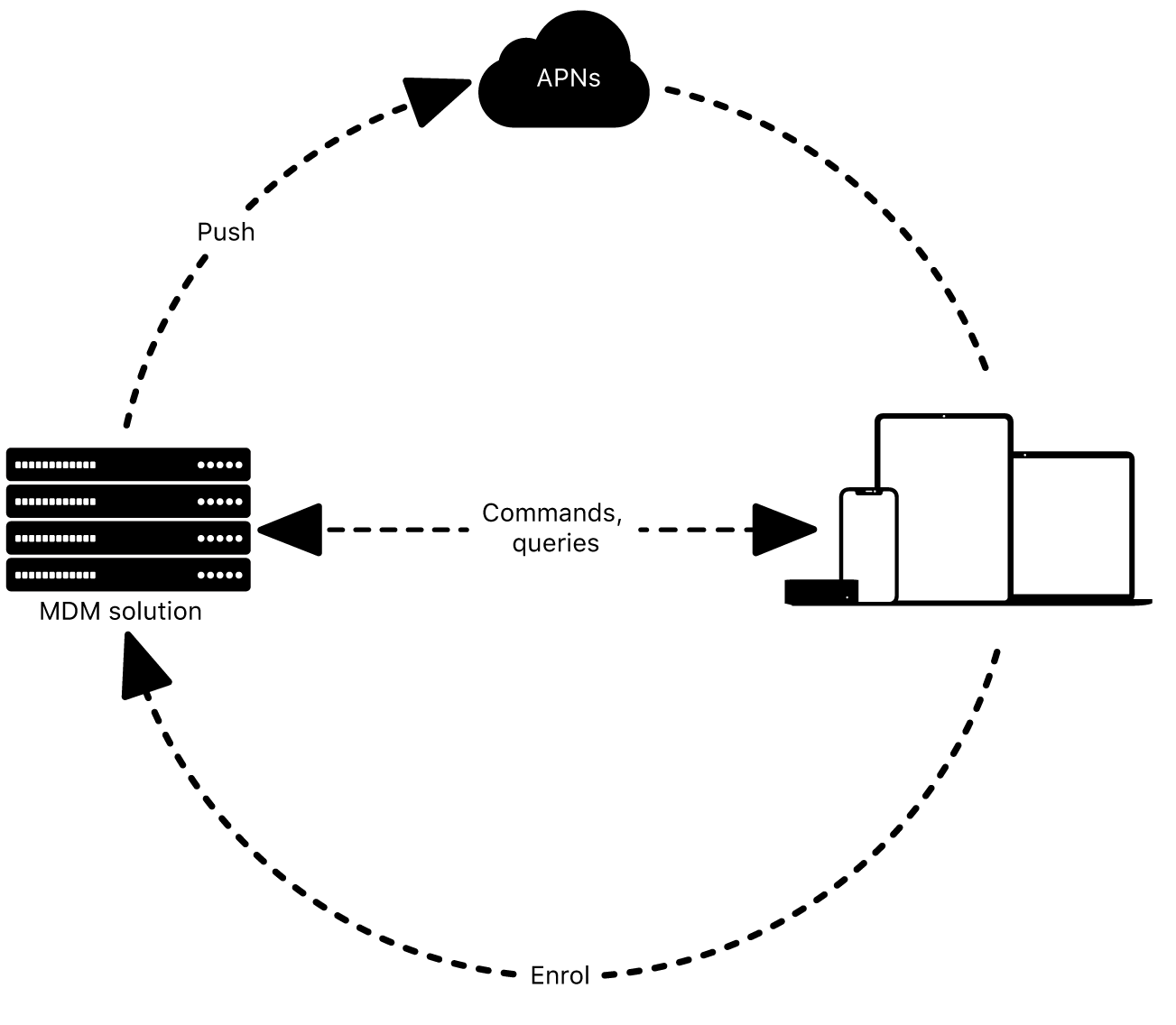What is Digital Commerce? Everything You Need To Know
The current pandemic crisis has allowed to grow at an unprecedented pace. It has also become a staple for B2C and B2B buyers, Digital Commerce causing half of customers who have never shopped online before to shop online as well. A company’s success will be determined by how well it can adapt to changing market conditions.
Digital commerce
Digital commerce: an overview
It has revolutionized the way businesses operate and consumers shop, providing a virtual marketplace that transcends geographical boundaries. In the landscape, businesses leverage online platforms to showcase their products or services, and customers can conveniently browse, purchase, and receive their desired items without the constraints of traditional brick-and-mortar stores.
Driving the digital commerce revolution
The widespread accessibility of the internet, advancements in technology, and the growing comfort of consumers with online transactions are key drivers. Additionally, the convenience and efficiency offered by digital commerce platforms play a crucial role in shaping this revolution, enabling businesses to reach a global audience and streamline their operations.
Best possible client experience
A paramount focus in digital commerce is creating an exceptional client experience. This involves optimizing the user interface, ensuring secure and seamless transactions, and providing effective customer support. Businesses invest in user-friendly websites, mobile apps, and responsive customer service to enhance customer satisfaction and build brand loyalty in the competitive digital marketplace.

Adapt to changing market conditions
Businesses must stay agile to respond to shifting consumer preferences, technological advancements, and market trends. This adaptability allows them to remain relevant and competitive in an ever-evolving digital landscape.
How does digital commerce work?
Digital commerce operates through online platforms where businesses present their products or services, and customers interact with these offerings. Transactions are facilitated electronically, and various payment methods are integrated to ensure a smooth purchasing process. Security measures, such as encryption and secure payment gateways, are implemented to safeguard sensitive information during online transactions.
Aspects of digital commerce
Digital commerce encompasses various aspects, including B2C transactions, B2B transactions, and cC2C transactions. Additionally, it involves electronic data interchange, online marketing strategies, and supply chain management to optimize the entire commerce ecosystem.
Trends in digital commerce
The landscape of digital commerce is continually evolving, with several trends shaping its trajectory. Notable trends include the integration of content and commerce for all devices, personalized shopping experiences, and the use of emerging technologies like artificial intelligence and augmented reality to enhance the online shopping journey.
Content and store for all devices
To cater to the diverse preferences of consumers, businesses are optimizing their content and stores for all devices. Whether customers are using desktops, smartphones, or tablets, the tailored to provide a seamless and consistent interface across various platforms.

Personalization
Personalization is a key trend, with businesses leveraging data analytics and AI algorithms to understand customer preferences. Tailoring product recommendations, content, and marketing strategies to individual customers enhances engagement and fosters a sense of connection, ultimately driving sales.
Conclusion
The ongoing revolution is fueled by technological advancements, consumer demand for convenience, and the adaptability of businesses to changing market conditions. Creating an outstanding client experience, staying agile, and embracing emerging trends are essential for success in the dynamic and competitive world.







